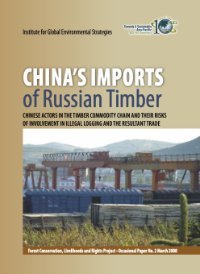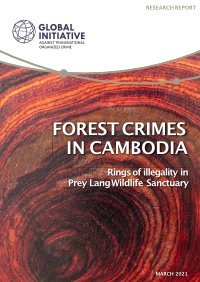By Anatoly Lebedev
The preservation and sustainable use of Siberian and Russian Far East (RFE) forests is of global importance for a number of reasons. Yet, these forests, which are the traditional environments of many endangered species and indigenous tribes, are now supplying timber to nearby regions and countries that have largely destroyed their own forests. The vast forests of Asian Russia act as reservoirs for oneseventh of the global carbon pool. Russia holds 75 percent of the carbon stored by all of the world’s boreal forests, such that deforestation, after fossil fuel combustion, is the second largest source of carbon dioxide emissions in Russia, as it is worldwide. Properly conserved, Russian forests act as a critical green “lung” for the Earth, second to Brazil’s Amazon. The atmospheric carbon sink process, however, occurs much more slowly in taiga than in the tropical rainforest, as does the process of carbon exportation from organic changes. As a result, this source of carbon storage, after broad-scale commercial logging or forest fires, will also be more slowly restored to its initial function than would be tropical forests.. All across Russia, the past five years have witnessed a revival in domestic timber production, following the collapse of the 1990s, and a drive to achieve the level of volumes extracted during the Soviet period. In the RFE's Primorye Krai (Province), for example, roundwood production rose from 2.2 million cubic meters in 1998 to 3.3 million cubic meters in 2002 and to 3.7 million cubic meters in 2003, and seems to be increasing further under the pressure of growing Chinese and domestic demand. The same trend is exhibited in Khabarovski Krai. Its roundwood production grew from 5 million cubic meters in 1999 to approximately 6.5 million cubic meters in 2002. Iin both Krais there is a clear trend to harvest in formerly reserved, inaccessible, or roadless areas. Not only is the industry, then, launching a sort of "last attack" on formerly used, exhausted, and burnt forests, it is also aggressively pursuing the intact ones, which are already suffering from illegal operations. Expansion of logging and processing capacity over the last 3 to 4 years has not demonstrated a new and improved strategy, but, rather, has resulted in the poor condition found in the remaining commercially available forests and in the constant reduction of timber quality and price.
Washington, DC: Forest Trends, 2005. 48p.




















